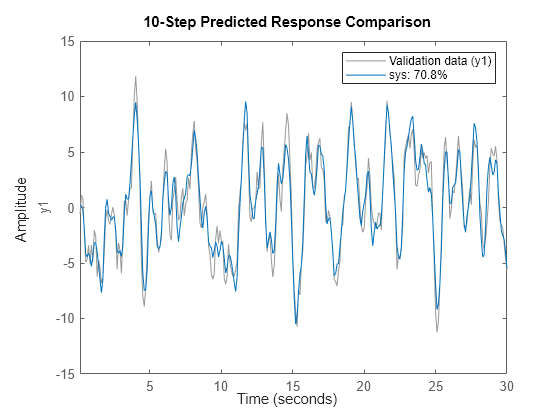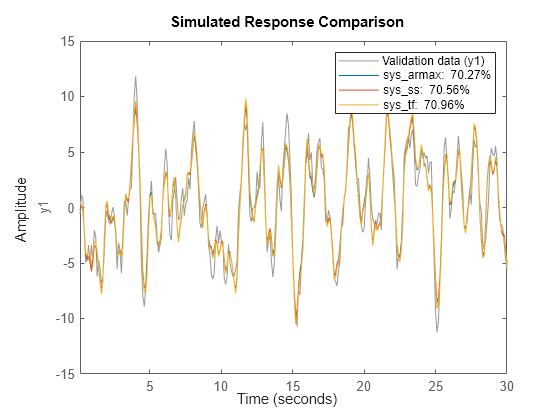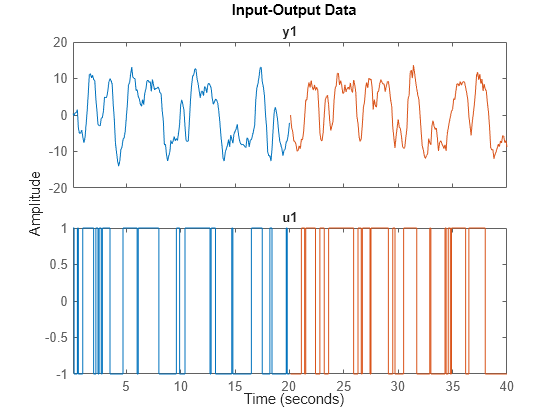compare
将辨识模型输出与测量的输出进行比较
语法
说明
绘制仿真和测量输出
预测模型输出
compare(___, 使用 kstep)kstep 指定的预测范围来预测 sys 的响应。预测使用输出测量以及输入测量来工程未来的响应。kstep 表示每个输出测量的时间点和最终预测响应的时间点之间的时间采样数。
有关预测的详细信息,请参阅Simulate and Predict Identified Model Output。您可以将此语法与任何先前的输入/输出组合一起使用。
示例
输入参数
输出参量
提示
使用
compare获得的 NRMSE 拟合结果可能与模型辨识中报告的拟合值不完全匹配。这些差异通常源于初始条件的不匹配,以及预测范围辨识和验证默认值的差异。差异通常很小,不会影响您的模型选择和验证工作流程。有关详细信息,请参阅Resolve Fit Value Differences Between Model Identification and compare Command。compare根据通道名称匹配data和sys中的输入/输出通道。因此,可以评估不使用data中可用的所有输入通道的模型。这种灵活性使您可以比较多个模型,每个模型都是从不同的输入/输出通道集独立辨识的。compare图允许您改变关键参数。例如,您可以交互地控制:无论生成仿真响应还是预测响应
预测时域值
初始条件处理
您查看的试验数据
您查看哪些系统模型
要访问控件,右键点击图表以调出选项菜单。





